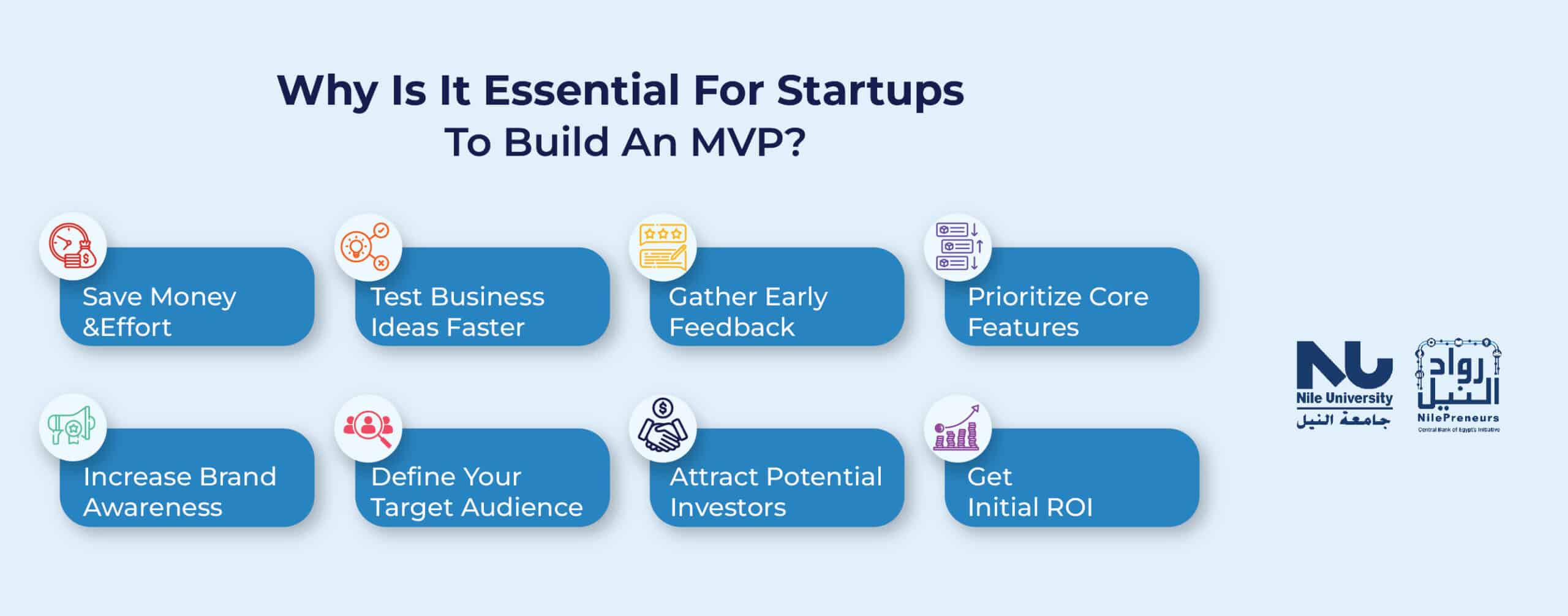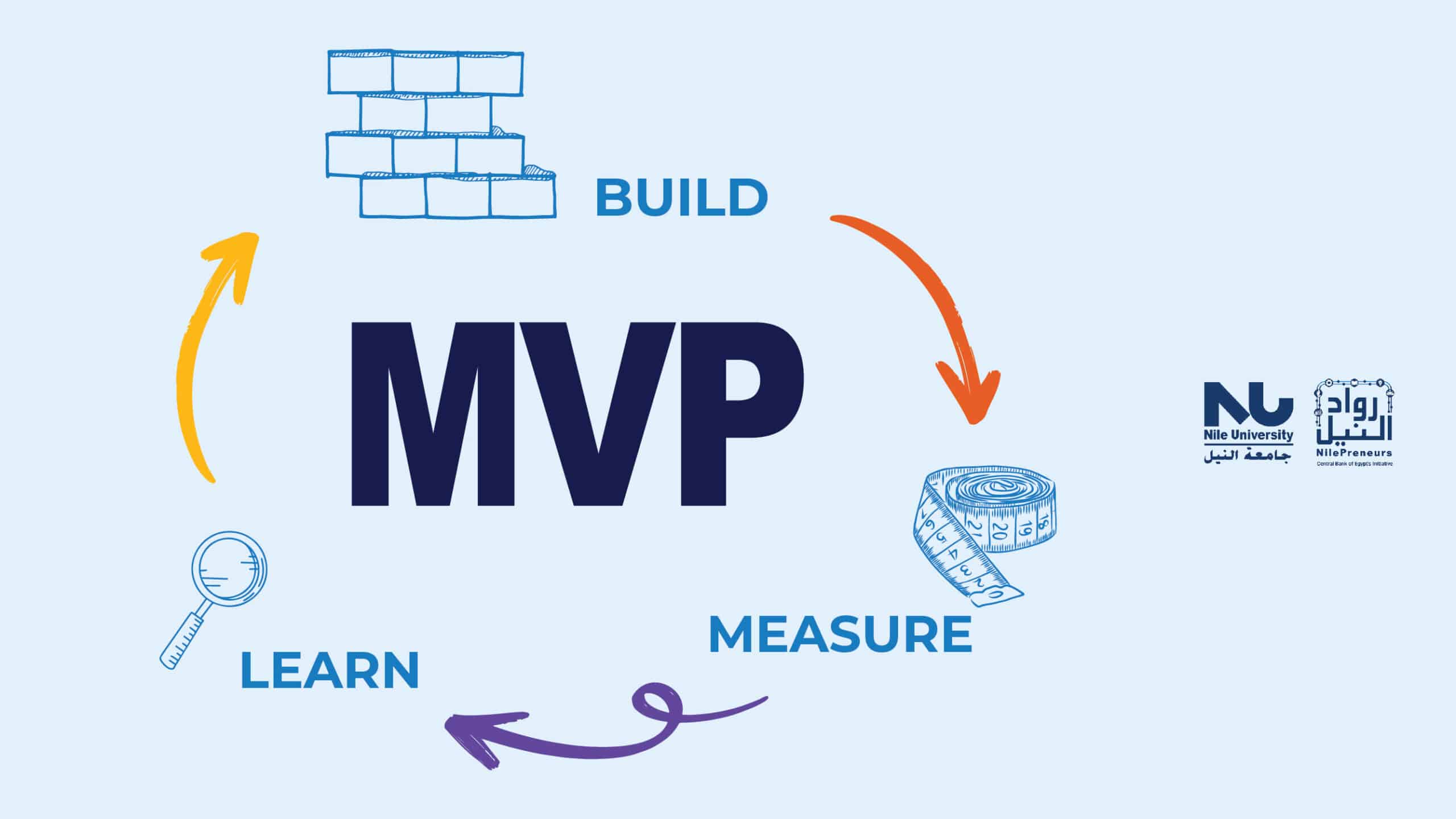The startup journey is exhilarating, but fraught with uncertainty. You have a brilliant idea, a vision for a product that will revolutionize the market. But how do you know if it will resonate with real users? This is where the concept of the Minimum Viable Product (MVP) comes in.
What does MVP development entail for startups?
MVP development, or Minimum Viable Product development, refers to creating a product with fundamental functionality, primarily aimed at gauging demand with minimal investment. The concept behind an MVP is to solicit feedback from a target audience before fully launching a product. The primary objective of an MVP is to deliver value to customers by addressing their needs in a manner that compels them to purchase the product.
For startups, MVP development involves a meticulously planned and streamlined process aimed at assisting them in crafting an initial version of their product. By adopting the MVP approach, companies can mitigate risks and avoid substantial investments until they ascertain whether their product resonates with users. Consequently, startup MVP development focuses on incorporating basic features that furnish users with essential functionalities.
Why is it essential for startups to build an MVP?
Startups often face resource constraints, and developing a fully-featured product from the outset can be financially burdensome. Research indicates that 29% of startups fail due to cash depletion. By creating an MVP, startups can swiftly launch with minimal features, validating the core idea without requiring significant upfront investment.
The deployment of an MVP enables startups to expedite their product’s entry into the market. Studies have highlighted the crucial role of speed in startup success, with rapid deployment providing startups with a competitive edge.
As an entrepreneur embarking on a new business endeavor, it is vital to assess factors that will benefit both your product and your business in both the short and long term.

SAVE MONEY AND EFFORT
Startups often face limited financial resources, prompting many to opt for the MVP approach to minimize costs and risks. By offering only essential features, development expenses are reduced, allowing for a quick assessment of market interest.
TEST BUSINESS IDEAS FASTER
MVP development streamlines the validation of business hypotheses, requiring less time than full-fledged product creation due to simplified functionality. Rapid testing of ideas enables startups to deliver higher-quality products swiftly, gaining a competitive edge.
GATHER EARLY FEEDBACK
Speedy MVP deployment facilitates prompt access to customer feedback, enabling timely adjustments or pivots based on consumer demands. This fosters the development of consumer-centric products with superior customization.
PRIORITIZE CORE FEATURES
MVPs focus on essential functionality, preventing unnecessary feature development. This approach aids in prioritizing core features, ensuring resources are allocated effectively to meet user expectations.
INCREASE BRAND AWARENESS
Building an MVP not only ensures rapid, risk-free implementation but also helps establish an online presence and attract early interest in the brand. This enhances brand value and fosters customer trust.
DEFINE TARGET AUDIENCE
Implementing MVPs provides insights into consumer markets, enabling better understanding of customer needs and effective targeting of the right audience. This data informs communication strategies to attract and retain customers.
ATTRACT POTENTIAL INVESTORS
MVPs serve as compelling demonstrations of startup viability, offering investors a tangible vision of future product development. Presenting a clear plan for transitioning from MVP to full-fledged product enhances investor interest.
GET INITIAL ROI
Startup MVP development offers an avenue for early-stage profitability. Successful MVP launches can quickly yield returns on investment, providing a solid foundation for future growth.
Examples of Successful MVPs: From Humble Beginnings to Billion-Dollar Brands
Look no further than industry giants like Airbnb, Twitch, and Stripe for inspiration. Their MVPs were far from perfect, yet they laid the foundation for phenomenal growth:
- Airbnb: Launched with a simple website listing Brian Chesky’s air mattress on a friend’s living room floor.
- Twitch: Began as a single-streamer platform for Justin Kan’s gaming content.
- Stripe: Initially offered a basic way for developers to accept online payments.
These MVPs validated the core concepts of their respective businesses. They allowed the founders to gather user feedback and iterate towards product-market fit.
Building an MVP Quickly: Tips for Streamlining the Process
Here are some practical tips to help you build your MVP quickly and efficiently:
- Set a Tight Deadline: A time constraint forces you to prioritize core functionalities, preventing feature creep.
- Document Your Features: Clearly define the essential features required for your




